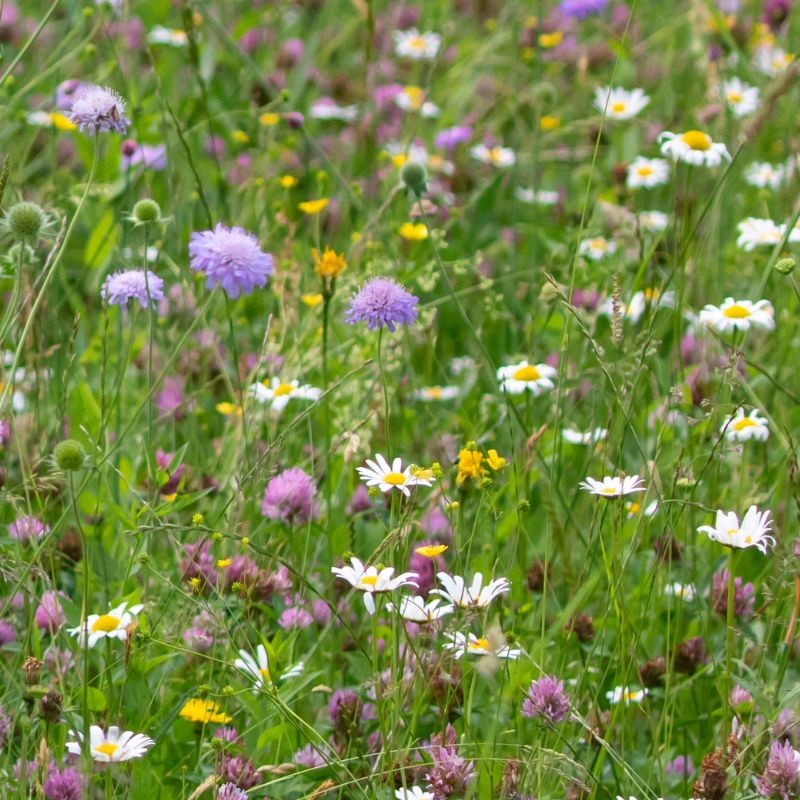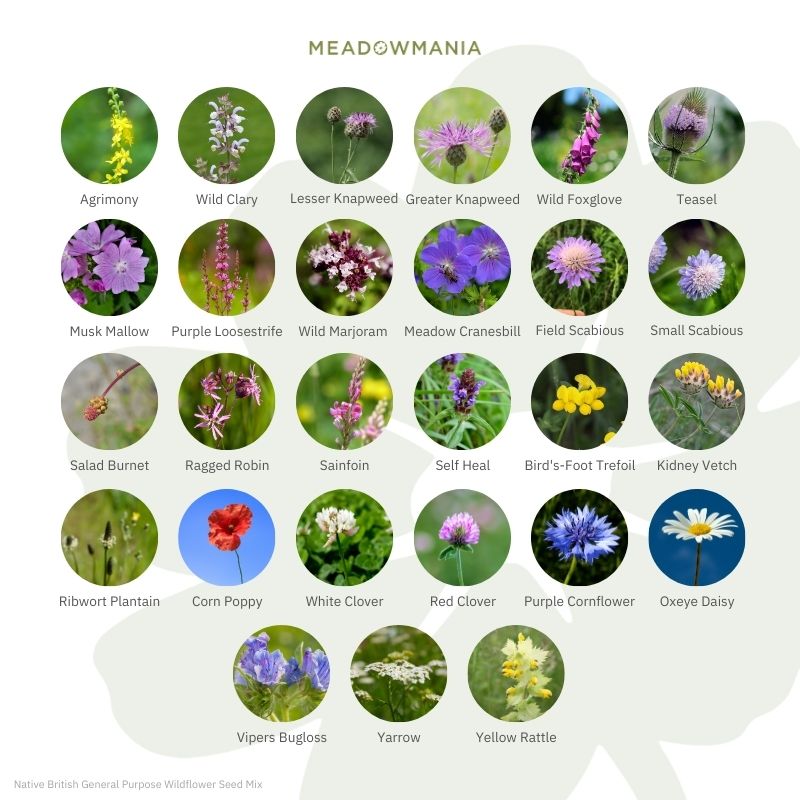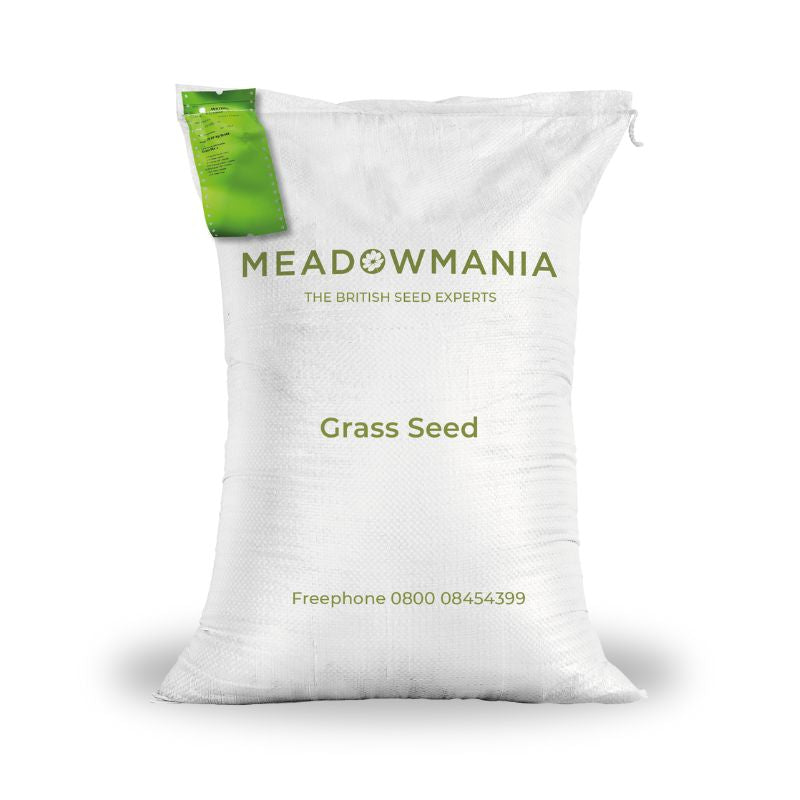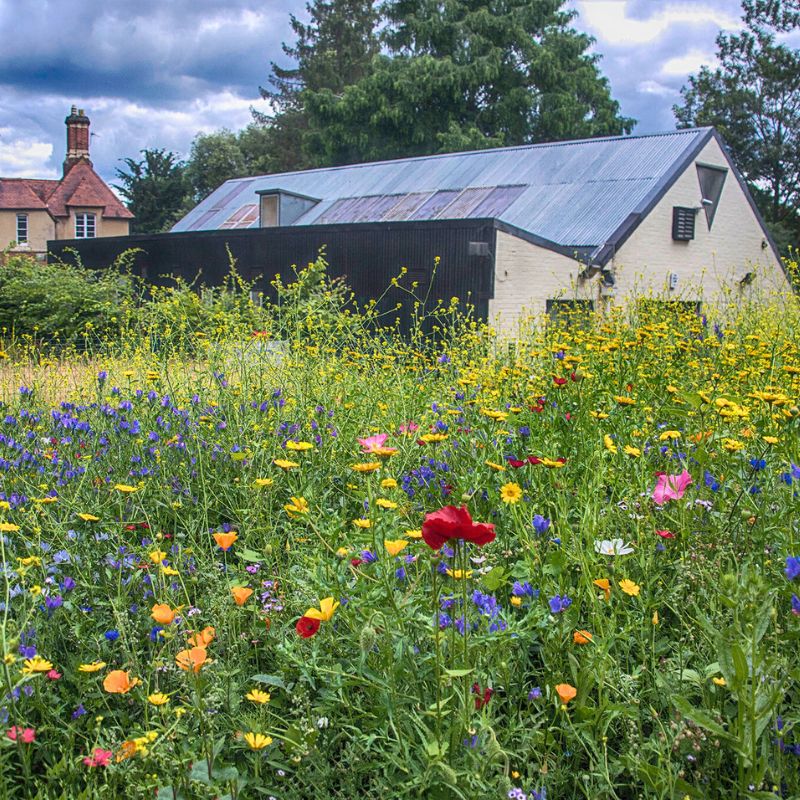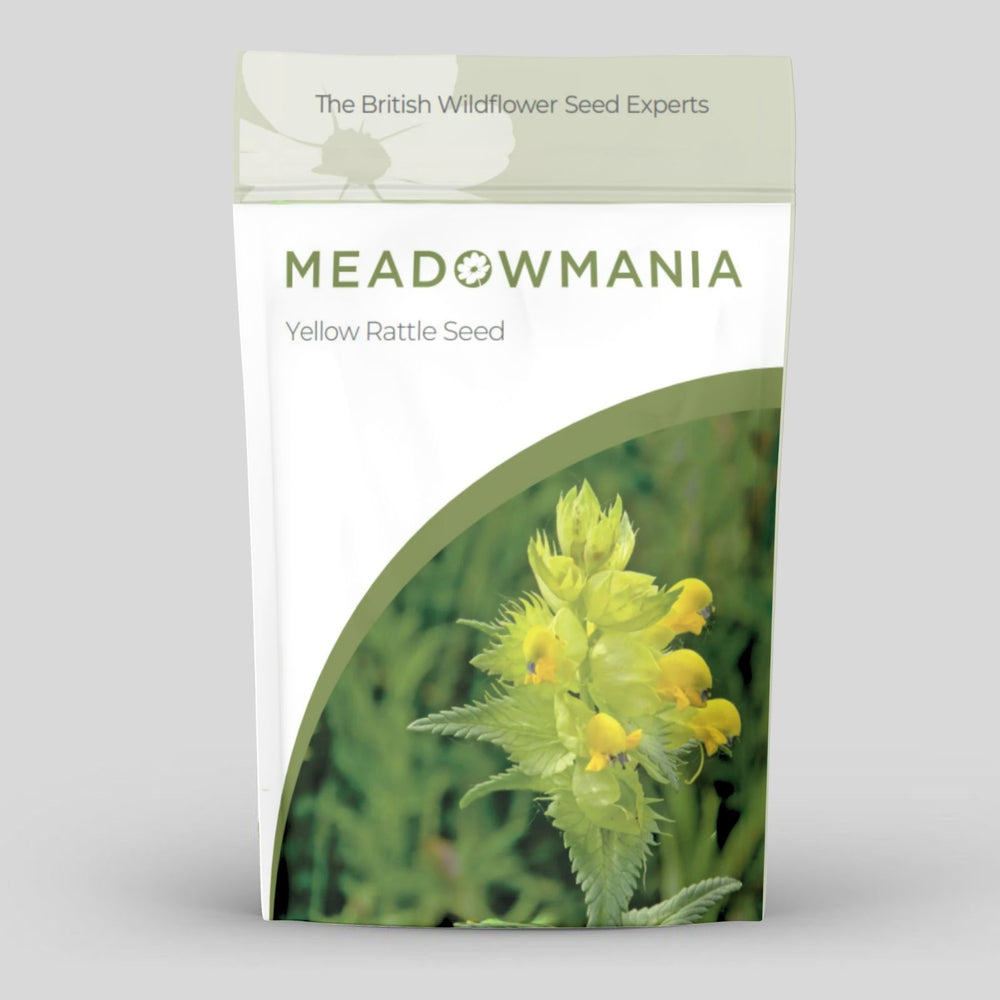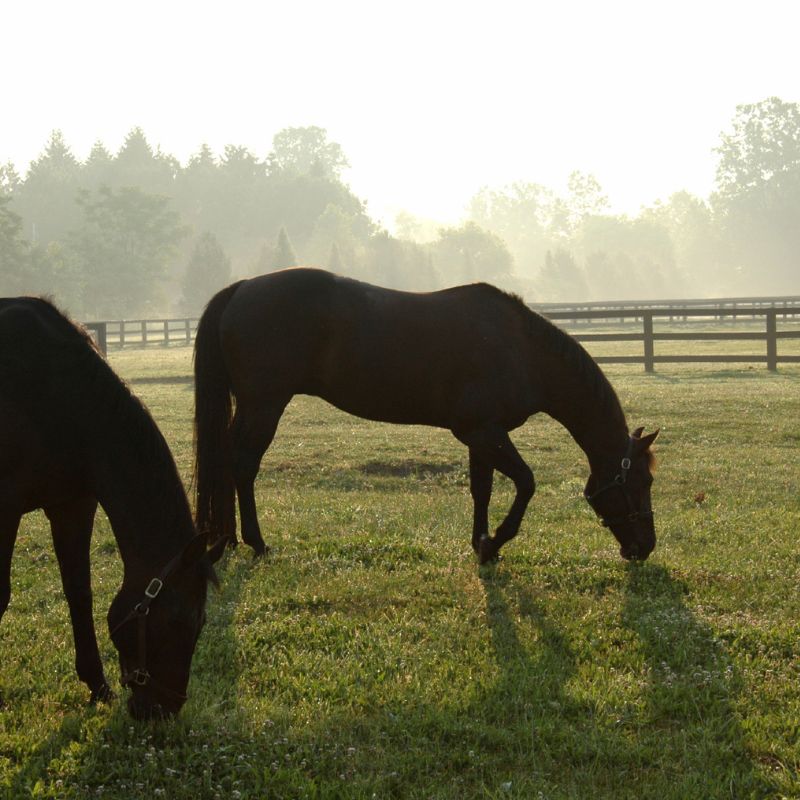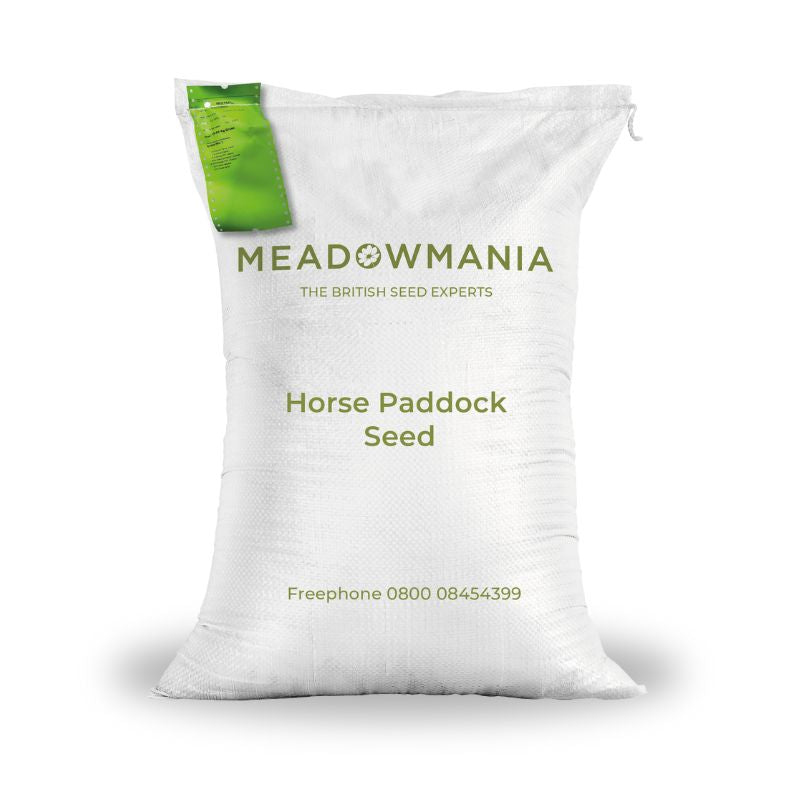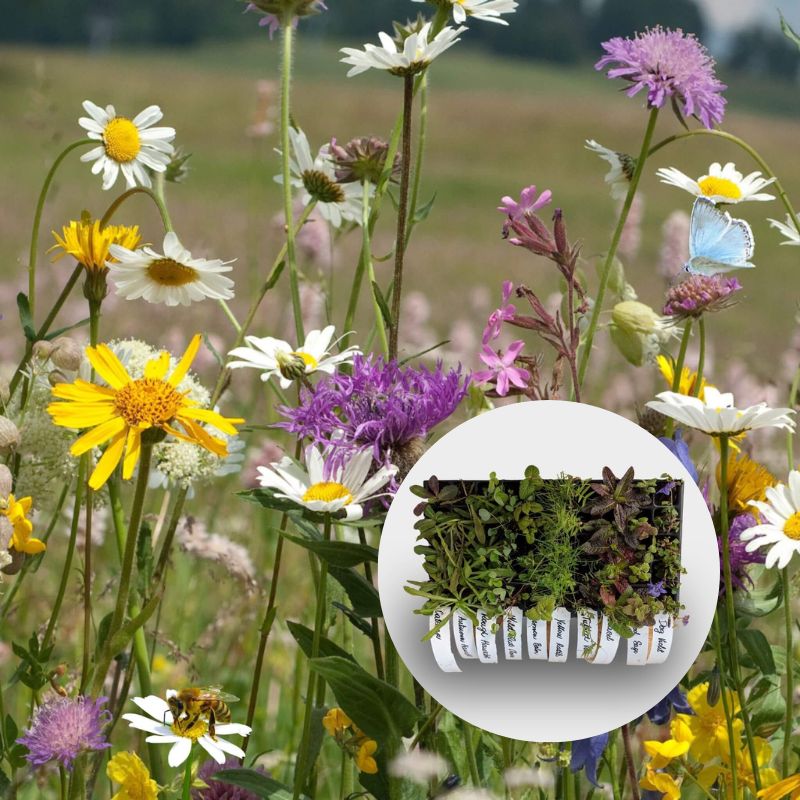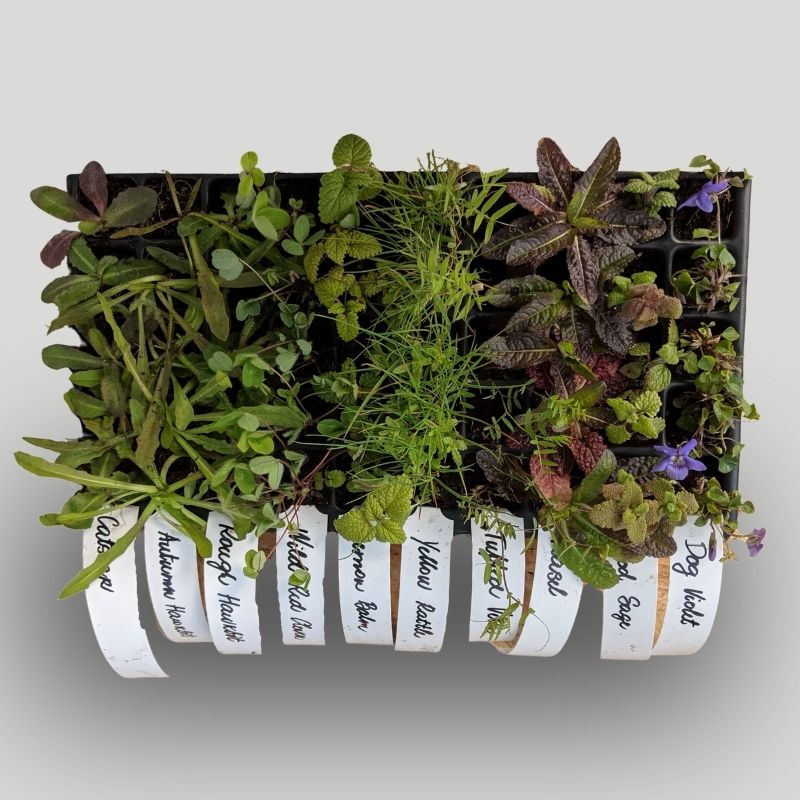
A Guide to Growing Annual Wildflowers: Colour, Pollinators & Easy Impact
Annual wildflowers are one of the quickest and most rewarding ways to bring life, colour, and biodiversity to your garden. Whether you're working with a full garden, a small corner, or a few containers, annual mixes offer fast-growing, high-impact blooms that support pollinators and brighten up any space.
What Does “Annual Wildflower” Mean?
An annual plant completes its life cycle in one growing season. That means it grows from seed, flowers, sets seed, and dies all within a single year. To enjoy the same burst of colour the following year, you’ll need to sow fresh seeds again—or encourage self-seeding.
Why Choose Annual Wildflowers?
Here’s why we think annual wildflowers deserve a prime spot in your garden:
-
Quick to flower – Most annual wildflowers bloom just 8–10 weeks after sowing (spring sowing).
-
Long flowering season – They flower continuously throughout summer until the first frosts.
-
Pollinator-friendly – They attract bees, butterflies, hoverflies, and other beneficial insects.
-
Versatile – They can be grown in garden borders, raised beds, containers, and in a wildflower meadow to bring a boost of colour. They’ll grow pretty much anywhere with a bit of sun and well-prepared soil.
-
Useful for cut flowers – Many varieties of annual wildflower are ideal for cutting and arranging indoors. Think cheerful cornflowers and elegant cosmos.
-
Edible options – Some annuals like nasturtiums and calendula are also edible.
- Companion Planting – Annual wildflowers can help support your veggies by attracting pollinators and deterring pests. A border of blooms around your vegetable patch is both practical and pretty.
Where and How to Sow Annual Wildflowers
Annual wildflowers can thrive in a range of locations as long as they receive plenty of sunlight. Whether you've got a large garden or a postage-stamp patio, you've got room for annual wildflowers.
-
Borders and Beds – Fill gaps with a mix of tall and low growers for a layered look.
-
Raised Beds – Perfect for a controlled wildflower display, especially if your soil is tricky.
-
Containers – Yes, annual wildflowers grow happily in pots too! Just make sure they pots are deep enough and well-drained.
-
Small Garden Corners – Brighten up an unloved patch with a burst of annual wildflower colour.
-
Meadow Boosters – Add a cornfield annual mix to existing meadows for an extra pop of seasonal colour.
Soil Preparation for Sowing Annual Wildflowers
Annual wildflowers prefer poor to moderately fertile, well-drained soil. Too much fertility can lead to lush foliage with fewer flowers. Here’s how to prepare your area for sowing:
-
Clear the area – Remove all grass, weeds, and existing plants. Wildflowers need bare soil to germinate successfully.
-
Rake to a fine tilth – Break up clumps and create a crumbly, level surface, similar to preparing a vegetable seed bed.
-
Optional: Create a stale seed bed – This is a great way to reduce future weed growth:
-
Prepare the soil 2–4 weeks before sowing.
-
Water the area lightly if conditions are dry, to encourage weed seeds already in the soil to germinate.
-
Once weeds appear, hoe or lightly rake to remove.
-
After this pre-treatment, sow your wildflower seeds into the cleaned bed.
-
-
Sow the seeds thinly and evenly – Broadcast the seeds by hand. Lightly press them into the soil using a roller or by walking over the area with flat-soled shoes. Don’t cover them with too much soil—they need light to germinate.
-
Water gently – If the weather is dry, water with a fine spray to avoid disturbing the seeds. Keep the area moist until seedlings establish.
Sowing Annual Wildflowers - Aftercare
Annual wildflowers are generally low-maintenance. Water in dry periods, particularly in pots or shallow soils. Remove weeds early on, and optionally deadhead some plants to extend the blooming period. However, leave some annual wildflowers to go to seed for wildlife and to encourage self-seeding.
Annual Wildflowers Self-Seeding: What to Expect
Many annual wildflowers will self-seed, but this isn’t always guaranteed. It depends on the plant variety, local conditions, and how the space is maintained.
What’s realistic to expect:
-
Some seedlings may return the following spring, especially from prolific self-seeders like poppies, calendula, or cornflowers.
-
However, the display will likely be less dense and varied than a freshly sown area.
-
Self-seeded plants may germinate earlier in the season and flower slightly sooner.
To encourage self-seeding:
-
Leave seed heads in place at the end of the season so seeds can fall naturally.
-
In early spring (February to March), lightly disturb the soil surface to help fallen seeds settle in and germinate. Avoid heavy cultivation, as this may bury the seeds too deep or bring up weed seed instead.
Even with some self-seeding, you’ll usually need to re-sow each year for the full effect and variety that an annual wildflower seed mix provides.
Annual wildflowers are fast, colourful, pollinator-friendly, and adaptable to all sorts of garden spaces. With the right preparation and a little ongoing care, they’ll transform your outdoor area into a vibrant, flower-filled retreat—all within a single season. Their rich nectar and pollen provide a vital food source for bees, butterflies, and other beneficial insects, helping to support local biodiversity and a healthier garden ecosystem.
Ready to get growing? Explore our full range of annual wildflower seed mixes here and bring colour and pollinators to your garden this season.
🌼🌼🌼


